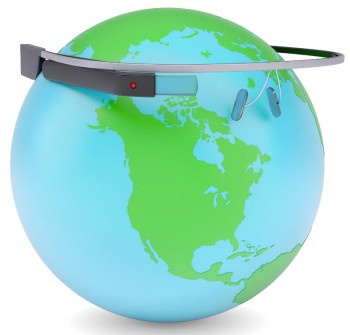Those enrolled at the Center for Advanced Technical Studies are trying out various forms of technology.
The Center for Advanced Technical Studies in Lexington County, South Carolina is not a typical high school experience, particularly now that students there are learning through the use of high tech gadgets ranging from Google Glass to robots and drones.
Students in the school do not receive the traditional type of classroom education, but are surrounded by tech.
While in some schools, kids would be punished for throwing paper airplanes, in this one, they are encouraged to do it, particularly when they are comparing the various aspects of those planes to that of flight simulators. It is all a part of the lessons in this school that is also pioneering one of the hottest new technologies on today’s market: Google Glass. Those augmented reality glasses that are connected to the internet and essentially work as a mobile device that is worn on the face.
Students have been quite enthusiastic about being able to try out Google Glass for a hands on experience.
 According to aerospace engineering class senior, William Blanks, “I wish I was able to take more classes like this.” That is one of the courses that uses augmented reality wearable technology as well as other tech such as flight simulators and drones, as a part of its regular curriculum. Blanks went on to say that “This gives us hands-on technology that’s actually useful in the real world and lets us do real-world scenarios. … It’s amazing that we have all this.”
According to aerospace engineering class senior, William Blanks, “I wish I was able to take more classes like this.” That is one of the courses that uses augmented reality wearable technology as well as other tech such as flight simulators and drones, as a part of its regular curriculum. Blanks went on to say that “This gives us hands-on technology that’s actually useful in the real world and lets us do real-world scenarios. … It’s amazing that we have all this.”
The Center gives priority to creation and innovation, when it comes to its budget. Its classrooms have technologies that range from the latest in tractors from John Deere for its agriculture science program, to a media technology program that has a video editing lab and production studio. Now, the augmented reality glasses – which come with a price tag of $1,500 each – have been brought into the aerospace engineering classes.
That said, while the Google Glass use is starting in aerospace engineering, the goal is to bring the devices into every classroom in the school.

 This has, for example, been the case with Samsung and Apple – with the latter’s entry being only very recent, in a device that will become available for sale early next year – which have chosen
This has, for example, been the case with Samsung and Apple – with the latter’s entry being only very recent, in a device that will become available for sale early next year – which have chosen 